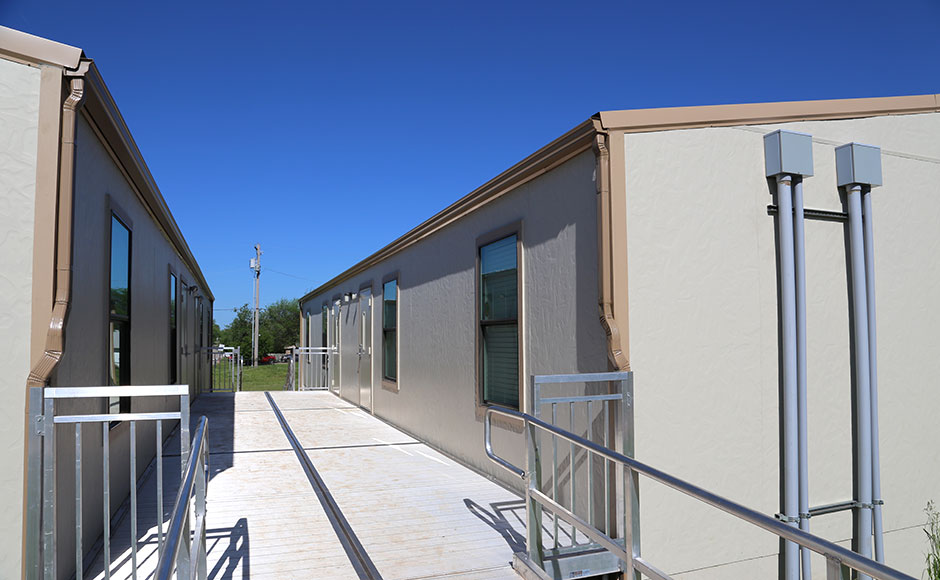As people become more aware of environmental issues such as climate change and become more concerned about energy conservation, they want to improve the built environment around them. There has been much development for green buildings: both structures and processes that are environmentally responsible and resource-efficient throughout a building’s life-cycle. Naturally, as youth health and well-being is important, green building has extended to the education sector. While green classrooms have become a rising trend, school administrators find themselves balancing practicality with an eagerness to acquire green buildings.
The reality is that green classrooms are just too expensive for many school districts.
Eco-friendly designs and building materials, such as metal paneling, solar power systems, graywater treatment systems and acoustic panels, drive up the cost of green classrooms. The cost for green classrooms can range from 20% higher to more than double the price of conventional portable classrooms. School districts, who constantly have to make their budgets do more with less, often can’t see green classrooms as a viable option. When a budget must cover so many other needs – new textbooks, new computers, new desks, smart boards, teacher salaries, athletic and arts programs, special education programs, food, gymnasium and playground equipment – spending a large allocation of the budget on green classrooms is an extravagance that doesn’t play well with the tax-paying public.
Let’s do some math. Depending on the particular buildings, a green portable classroom could easily end up costing as much or more than two modular classrooms. If there’s one new green modular classroom for $200,000, there is a perfectly good new conventional portable classroom for $100,000 dollars or less somewhere. So if a district needs two or more classrooms, it is far more cost-effective to go with the conventional portable classroom building.
In the end, the purpose of a portable classroom is to provide flexible expansion space for a school to house students, a purpose that can be fulfilled by both green classrooms and conventional portable classrooms. Green classrooms and the companies that build them have the best of intentions. But the lack of affordability means most school districts simply will not be able to implement them until they have budgets that can comfortably provide for the high cost of green classrooms. At least for now, conventional portable classrooms remain the best choice for school administrators to add more classroom capacity to a campus.

